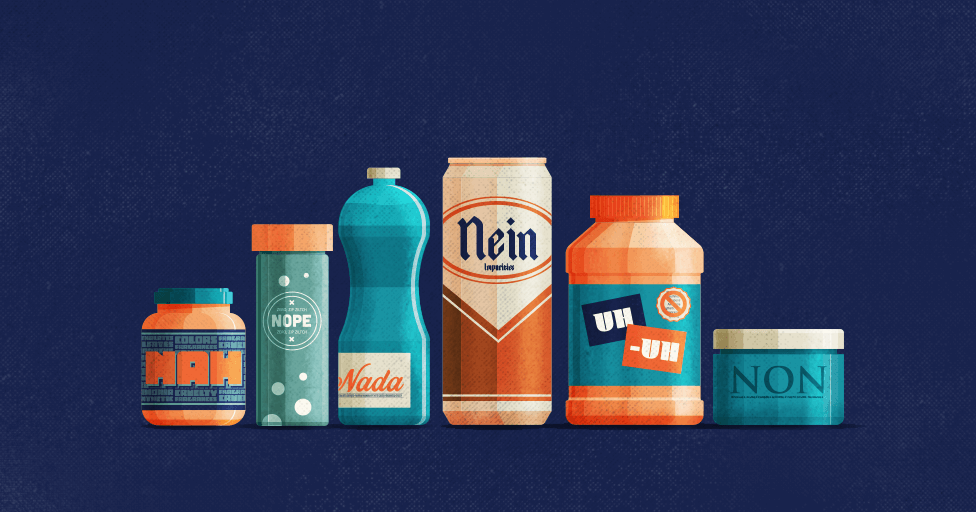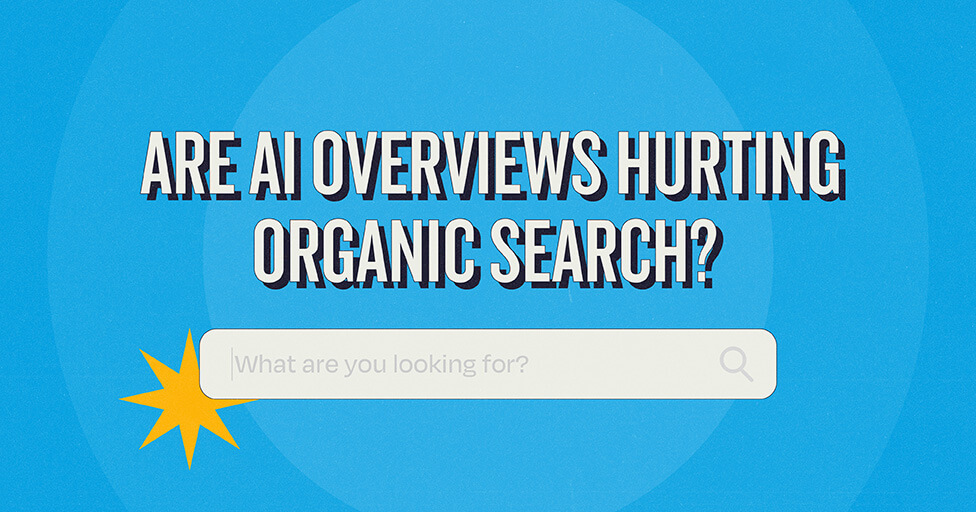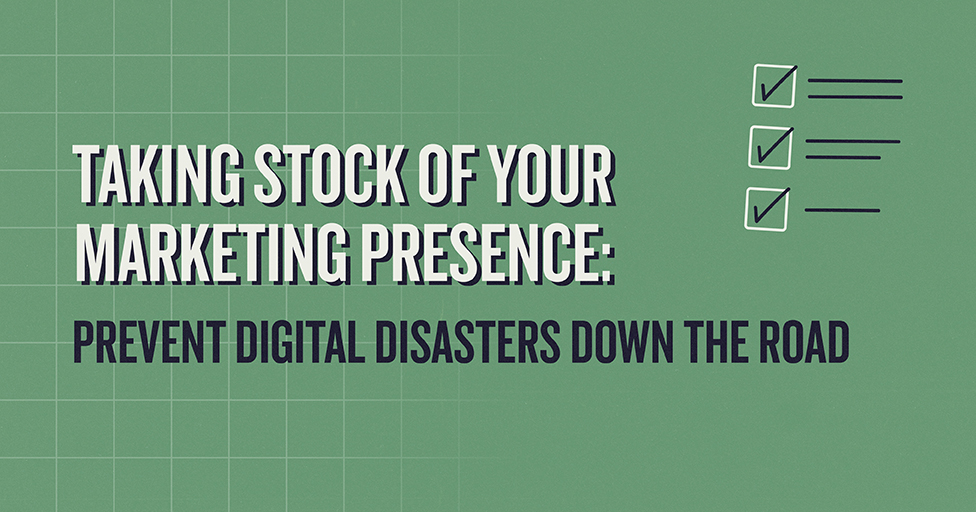
The health-conscious consumer group is no longer on the fringe, and CPG brands should take notice. In the past few years, concern around environmental toxins has grown, and consumers are becoming more aware of a product’s impact on their families, their bodies, and the environment. This puts pressure on CPG brands to be more transparent about their products and practices. Some brands may even find themselves needing to make a major product evolution in order to stay relevant.
As the go-to person for aura cleansing and natural remedies in the MBB office, you could say I know a thing or two about the mind of the health-conscious consumer. I’ve put together a list of the key things that influence my purchasing decisions when researching new products.
 Source: Whole Foods Market
Source: Whole Foods Market
Availability
Like many, I have an Amazon subscription. There are certain CPG products I order from Amazon regularly; however, my product discovery usually happens in-store. I shop at brick-and-mortar stores that align with my values—specifically, Whole Foods, Natural Grocers, and Sprouts. While I do still read labels at these stores, I trust their product-vetting process and know that if a product is sold at one of these stores, it probably passes most of my filters. When I find myself having to shop at a big-box store, I am on the lookout for brands I am familiar with from my trusted stores. When marketing to health-conscious consumers, it’s important to land shelf space in a store like Whole Foods, Natural Grocers, or Sprouts.

“Free of…”
Every product I buy calls out its lack of harmful ingredients on the packaging. This makes it easy to vet products because I don’t even have to pull a product off the shelf to know that it doesn’t contain the things I’m trying to avoid. When I see two competing products side by side and only one of them has this kind of promise, I don’t even consider the other product. Even if the other product turned out to also be free of X, having the promise called out on the packaging communicates a sense of values that makes me trust that brand more.
The following are some of the more common ingredients health-conscious consumers are trying to avoid. Any time one of these ingredients can be replaced, that’s a CPG win.
- Phthalates
- Sulfates
- Parabens
- Ammonia
- Synthetic colors/fragrances
On a side note, I recently switched toothpaste brands when I found one that is both sulfate-free and fluoride-free. To the health-conscious consumer, ingredient loyalty is often more important than brand loyalty.

Ethical practices & cause affiliation
Many of the products I use detail ethical practices and/or affiliations with charitable causes on their packaging. Information like this is often a tiebreaker when I’m trying to decide between two products. It’s also the biggest driver of trial for me. Knowing that a company is actively trying to make the world a better place makes me feel good about buying their products. It’s easy to say yes to an indulgence when I can feel like I am supporting a good cause in doing so.
In my career, I have worked with brands that are doing good things in the world, but aren’t broadcasting it to consumers. As selfish as it may feel to print information like that on packaging, it’s this type of information that can cause a consumer to choose your brand over a competitor’s.

Certified labels
As health consciousness has become more mainstream, so has “greenwashing”— conveying a false impression that a product is more environmentally sound than it really is. True environmentally conscious brands will back up their claims with facts and details. The most straightforward way to do this is by getting third-party certification. Although getting certified takes time and money, it seems well worth it to be able to communicate trustworthiness among competitors who may be using greenwashing techniques. Here are a few opportunities I have come across in the products I use:
- Cruelty free labeling – CCIC Leaping Bunny Program
- Safe ingredients – EPA Safer Choice
- Sustainability – Green Seal
- Animal welfare – Global Animal Partnership
- Sustainable agriculture – Food Alliance

Online content
Speaking of greenwashing, when I’m considering trying a new product and I feel like I might be misled by the packaging, I will pull out my phone and do some quick online research. Mainly, I’m looking at two types of content: the brand’s website and third-party reviews.
On the website, I want to see if the brand is living out their promises and answering the questions I have as a consumer. I look for a detailed About Us story that proves out the brand’s values. I also look for a Q&A section that directly answers concerns I have about the product and how it’s made. When a brand anticipates my concerns and addresses them, I have more trust in their products. Recently, I took advantage of a sale and tried Traditional Medicinals tea after vetting their FAQ page.
Off the website, I look at trusted influencer blogs to get their take on a brand or its products. Trusted is the key word here—like many others, I can sense when a blogger says “yes” to any content proposal just for the paycheck. Trusted bloggers have a core set of values that can’t be paid off. Even if one of these influencers is writing a sponsored post, I trust that their review is honest, because they wouldn’t sacrifice their values. Sometimes, bloggers will put together this review content without being affiliated with any brand. In those cases, it’s good to make sure that your brand is easily researchable through robust content and SEO so your brand can be part of the conversation. I hit up this article by Food Babe every time I’m considering a new brand of tea.
Having a set of values and communicating them through packaging, certified labels, and online content is fundamental for successfully marketing to the health-conscious consumer. If you need a partner to help your brand stand out on the shelf and online, give us a shout.
Subscribe to our newsletter
Get our insights and perspectives delivered to your inbox.


